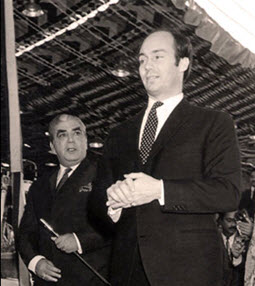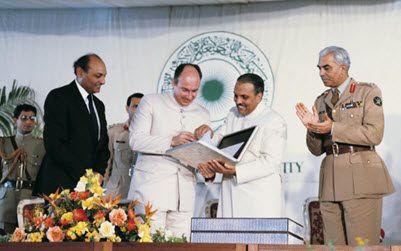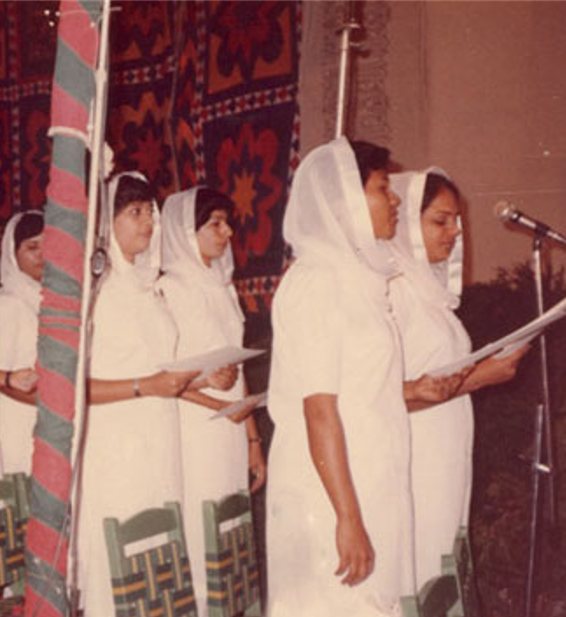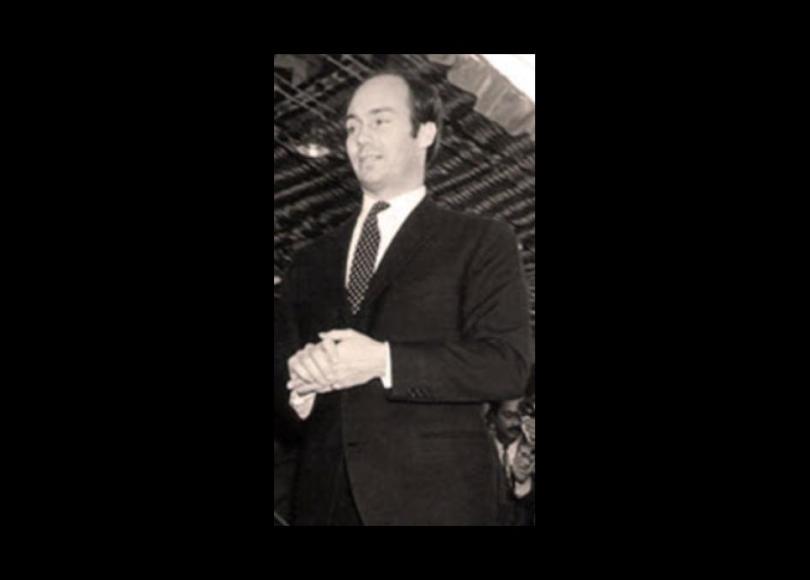“Whilst open to all, the Aga Khan University is to be an Islamic institution. It will draw upon the great historical tradition of Muslim learning, the heritage of such philosophers and scientists as Ar-Razi and Al-Biruni, Ibn Sina and Ibn Rushd. In the true spirit of this tradition, it will also address the higher educational needs of Muslims as they face this new fifteenth century of the Hijra.”
Mawlana Hazar Imam
Karachi, Pakistan, November 11, 1985
Speech
Al Razi (865-925) developed a reputation as one of the greatest clinicians of the Middle Ages. Many of his medical works, translated into Latin, exercised a remarkable influence on the Latin West for many centuries.
Al-Biruni (973-1050) was considered the most original and profound scholar Islam produced in the field of natural science. His works discussed the then debatable theory of the earth’s rotation on its axis and made accurate determination of longitudes and latitudes.
Ibn-Sina (980-1037), known in the West as Avicenna, wrote over 200 books on philosophy, medicine, geometry, astronomy, theology, and art. His “Canon of Medicine” was translated into Latin in the 12th century and became a textbook for medical schools in Europe until the end of the 19th century.
Ibn Rushd (1126-1204), an astronomer and physician known as Averroes in the West, was the greatest Muslim philosopher judged by his influence especially over the West. The intellectual movement initiated by Ibn Rushd continued to be a living factor in European thought until the birth of modern experimental science.
Mawlana Sultan Muhammad Shah said:
“Ibn Rushd, the greatest Muslim philosopher, known to Europe as Averroes, established clearly the great distinction between two kinds of apprehensible human experience; on the one hand, our experience of nature as we recognize it through our senses, whence comes our capacity to measure and to count (and with that capacity all that it brought in the way of new events and new explanations), and, on the other hand, our immediate and imminent experience of something more real, less dependent on thought or on the process of the mind, but directly given to us, which I believe to be religious experience”
(Memoirs of Aga Khan, Cassell and Company Ltd., London 1954, p 170).
“The Faith urges freedom of intellectual enquiry, and this freedom does not mean that knowledge will lose its spiritual dimension. That dimension is indeed itself a field for intellectual enquiry.”
Mawlana Hazar Imam
Karachi, Pakistan, November 11, 1985
Speech
“Islam is for all places and all time. This is why there is a role for a modern Islamic University which can draw inspiration from the Faith and from the past in addressing the opportunities of the future.”
Mawlana Hazar Imam
Karachi, Pakistan, November 11, 1985
Speech
Aga Khan University (AKU)
Mawlana Hazar Imam announced the construction of a hospital, medical college, and School of Nursing in December 1964, laying the foundation of the complex in 1971.

The Aga Khan Medical College commenced operation in 1983 as an academic unit of the Faculty of Health Sciences, alongside the School of Nursing and Midwifery. On 16 March 983, the Aga Khan Medical College received its Charter as Pakistan’s first private international university.





2001 – The Advanced Nursing Studies Programme is launched in Uganda
2002 – The Institute for the Study of Muslim Civilisations is established in London
2005 – Aga Khan Hospital, Nairobi is upgraded to Aga Khan University Hospital, Nairobi in recognition of its status
More at AKU Timeline
The Seal of Aga Khan University
(re-printed from AKU’s website)

The circular form of the seal with its different levels of imagery contained in concentric circles has its visual roots in the rosettes of early Islamic periods. The circle also symbolises the world and reflects the internationality of AKU.
At the centre of the seal is a star, or sun. Light is a universal symbol for the enlightenment that education provides. The light emanating from the star is also symbolic of Nur (Divine Light). The star incorporates 49 points to commemorate the University’s founding by Mawlana Hazar Imam, the 49th Imam of the Ismaili Muslims.
The outer ring embodies an excerpt from the Qur’anic Ayat (3:103) rendered in classic Thuluth script:
And hold fast,
All together, by the rope
Which God (stretches out for you),
And be not divided among yourselves,
And remember with gratitude
God’s favour on you:
For ye were enemies
And He joined your hearts
In love, so that by His grace
Ye became brethren.
Sources:
Ismaili Forum, March 1986
Hidayat, October 1985
History of AKU
